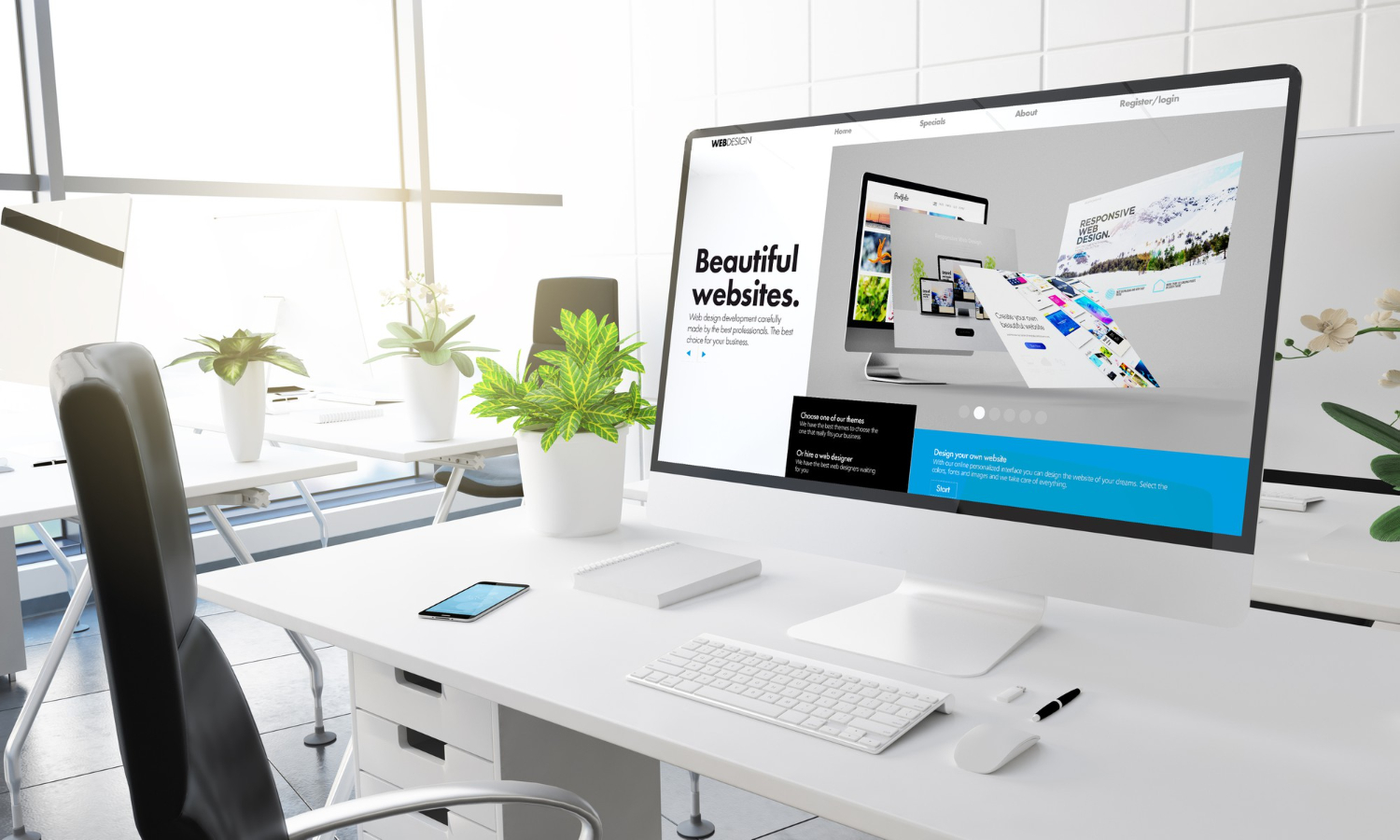The development of a visually appealing, coherent, and memorable brand identity depends heavily on how you Choose Typography For Your Brand. Your brand personality and ideals can be effectively communicated through the use of the proper typeface. The techniques and factors that go into choosing typography for your business are covered in this article, along with advice from industry professionals on how to improve your brand’s visual identity.
What Is Brand Typography?
Brand typography refers to the specific typefaces, fonts, and styles used consistently across all visual elements of your brand, such as your logo, website, marketing materials, and more. It reflects your brand’s personality, values, and overall aesthetic. Well-defined brand typography helps in establishing a cohesive visual identity, making your brand easily recognizable and memorable.
Why is Typography Important for Your Brand?
The visual identity of your brand and the impact you want to make on your audience are greatly influenced by the use of typography. The appropriate typography must reflect the character and values of your brand; choosing fonts is only one aspect of this. Good typography transmits messages clearly, establishes credibility, and establishes professionalism. It also improves brand recognition. It helps create a distinct and consistent brand image for your company while differentiating it from rival brands. You shouldn’t ignore typography because it’s a crucial component of brand design.

How to Choose Typography For Your Brand Personality
Selecting the right typography for your brand starts with understanding your brand’s personality and target audience. Consider the following factors when choosing typography for your brand:
- Brand Personality: Is your brand formal, casual, playful, or sophisticated? Choose a typeface that reflects these characteristics.
- Target Audience: Consider the preferences and expectations of your target demographic. For example, a youthful audience may prefer modern and bold fonts, while an older audience may appreciate classic and timeless typefaces.
- Legibility: Ensure that your chosen typography is easy to read and understand, regardless of the platform or medium.
- Consistency: To develop a unified and recognisable brand identity, make sure that the font used throughout all brand documents is consistent.
Importance of Typography in Brand Design
Typography is a vital element of brand design for several reasons:
- Communication: Typography helps convey your brand’s message and tone, making it easier for your audience to understand and connect with your brand.
- Brand Recognition: Unique and consistent typography can make your brand instantly recognizable, setting it apart from competitors.
- Aesthetics: Well-chosen typography can enhance the overall visual appeal of your brand materials, making them more attractive and engaging.
Effective Typography Selection Tools for Brand Recognition
To assist you in selecting typography for your brand, there are numerous tools available that can streamline the process and ensure optimal results. Here are some of the best tools for selecting typography for brand identity:
- Google Fonts: Google Fonts offers a vast library of free, open-source fonts. It provides a wide range of typography options that you can browse and experiment with to find the perfect fit for your brand.
- Adobe Fonts: Formerly known as Typekit, Adobe Fonts is a subscription-based service that provides access to a vast collection of high-quality fonts. It offers advanced search and filtering options to help you find fonts that match your brand’s requirements.
- Fontjoy: Fontjoy is an online tool that generates font pairings based on machine learning algorithms. It suggests complementary fonts for your brand, taking into account factors like contrast, style, and readability.

Best Tools for Selecting Typography for Brand Identity
When it comes to choose typography for your brand identity, certain tools stand out for their features and functionality. Some of the top tools you can utilise are listed below:
- Canva: Canva is a popular design platform that offers an extensive library of fonts suitable for various design purposes. It provides a user-friendly interface and allows you to experiment with typography within its intuitive design editor.
- Adobe Creative Cloud: Adobe Creative Cloud offers a suite of design tools, including Adobe Illustrator and Adobe InDesign, which are widely used for typography and brand design. These tools provide advanced typographic controls and extensive customization options.
- Sketch: Sketch is a powerful design tool known for its typography capabilities. It offers a range of plugins and extensions that can further enhance your typography workflow and brand identity development.

Typography Resources for Brand Design
In addition to the aforementioned tools, several resources can inspire and guide you to choose typography for your brand selection process. Here are a few notable ones:
- Typewolf: Typewolf is a website that showcases curated examples of typography used in various design projects. It offers insights into font pairings, styles, and trends, serving as a valuable source of inspiration for your brand’s typography.
- Pinterest: Pinterest is a visual discovery platform that can help you find typography inspiration. Create a board dedicated to typography and explore various pins that resonate with your brand’s vision.

Key Considerations When Using Typography Tools for Brand Consistency
When using typography tools to create a consistent brand identity, keep the following considerations in mind:
- Platform Compatibility: Ensure that your chosen typefaces are compatible with various platforms and devices, including web, print, and mobile.
- Licensing: Make sure you have the appropriate licenses for the fonts you use in your brand materials.
- Scalability: Choose typefaces that maintain their legibility and visual appeal at various sizes and resolutions.
Advanced Typography Selection Software for Brand Identity Development
For more advanced typography selection and brand identity development, there are software tools used to choose typography for your brand that provide comprehensive features and functionality. Some notable examples include:
- Developing a brand’s identity and using typography are two common uses for the design tools provided by Adobe Creative Cloud. You may fine-tune every part of your type using these tools’ sophisticated typographic settings.
- Sketch: Popular design software recognized for its potent typographic features. It offers a variety of plugins and extensions that help improve your process for developing brand identities and typography.
Exploring Typography Tools for Brand Consistency
Investing time and effort into exploring various typography tools can help you create a consistent and recognizable brand identity. Experiment with different typefaces, styles, and combinations to find the perfect fit for your brand’s personality and values.
Expert Tips for Using Typography Tools to Enhance Your Brand’s Visual Identity
- Be Consistent: Maintain a consistent typography style across all brand materials to create a cohesive and recognizable brand identity.
- Prioritize Legibility: Ensure that your chosen typography is easy to read and understand, regardless of the platform or medium.
- Experiment: Don’t be afraid to try different typefaces and styles to find the perfect fit for your brand’s personality and values.
- Stay Informed: Keep up to date with typography trends and best practices to ensure your brand’s visual identity remains fresh and relevant.
Selecting the appropriate to choose typography for your brand is an essential first step in developing a unified visual identity that connects with your audience. You may choose typography that improves your brand’s awareness and creates a strong visual presence by making good use of the tools and resources at your disposal, taking into account the personality and values of your brand, and adhering to fundamental design principles. To get the intended impact, keep in mind to explore, look for inspiration, and give readability priority.







